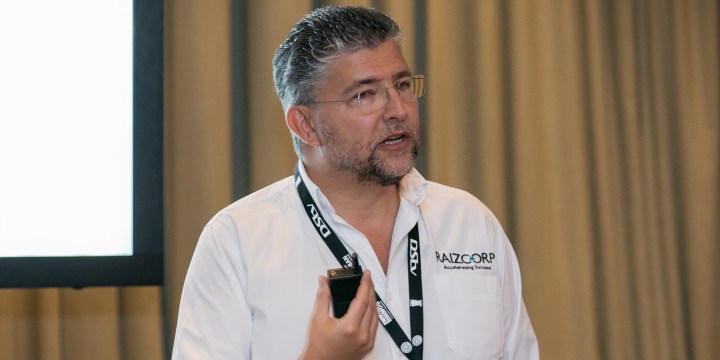BUSINESS MAVERICK OP-ED
Twenty lessons in 20 years: Lesson Two – is there really a market?

Allon Raiz has learnt many lessons over two decades and has overcome many entrepreneurial challenges. In Part Two of this series, he shares how it’s important to take the time to assess the market size, its ability to pay the right price, and the right time to enter it.
In his book The E-Myth Revisited, Michael E Gerber aptly uses the expression “entrepreneurial spasm” to describe the reasons behind many so-called entrepreneurs entering the business fray. The individual experiences one or two bursts of “demand” for a product or service and interprets this as a market signal. The most common source of these “signals” is the person’s friends and family who may, out of loyalty, provide the first order or orders. They may even overpay.
Many would-be entrepreneurs also assume that every problem that can be solved by a product or service amounts to a sustainable business. One could describe a cold toilet seat in winter as a problem that many people would love solved. However, there is a minuscule subset of people who would be prepared to pay for the installation and running costs of an electrically heated toilet seat. Aspiring entrepreneurs erroneously view a market as a function of a perceived problem without considering whether people would be prepared to pay for the cost of solving that problem. It is only where there is a significant and continual number of people who would be prepared to pay the right price for a problem to be solved or minimised that there is a sustainable market.
Business magazines and books are filled with stories about the likes of Steve Jobs who were market creators; in other words, someone who convinces the market that they need something they didn’t even know they needed. Henry Ford reputedly said: “If I had asked people what they wanted, they would have said faster horses.” While it may be true that Jobs and Ford were market creators, the real stories behind these iconic successes are far more complex. The cost of educating a market is high and the company doing the educating often ends up being leapfrogged by a new market entrant which leverages on the groundwork that has been laid and ends up crushing the “educator” company.
To illustrate this, the Sony Betamax was introduced to the market in 1975 as the first commercially available video recorder.
Betamax spent a great deal of money educating the market about the benefits of personal video recording and, less than two years later, JVC announced the VHS format to compete with Betamax. VHS entered the market with what is viewed as a technically inferior product, but at prices that undercut Sony’s. By 1987, the VHS format dominated the US market until the arrival of the DVD a decade later. Being the first to market did not give Sony the advantage.
Companies that intend to scale also need to ask the question of whether the demand for their product or service is prolific in many markets or just peculiar to a single market based on specific market conditions that would be hard to replicate elsewhere. Major considerations include cultural, economic, geographic and even historical conditions. Even the highly publicised mobile money service Impesa has not spread as prolifically and quickly as many financial organisations predicted. (It closed its doors in South Africa a few years ago.)
The second lesson I’d like to share from my past 20 years at Raizcorp is the importance of taking the time to assess the market size, the ability for that market to pay the right price, and what the right time is to enter the market. Too early and you spend too much money educating the market. Too late and you generally enjoy lower margins in a market that is already filled with numerous competitors. DM/BM



















You should also assess the durability of a market. For example, in the fashion industry the life of a product is seriously limited and constant innovation is an integral part of success.
This factor compliments the other three?